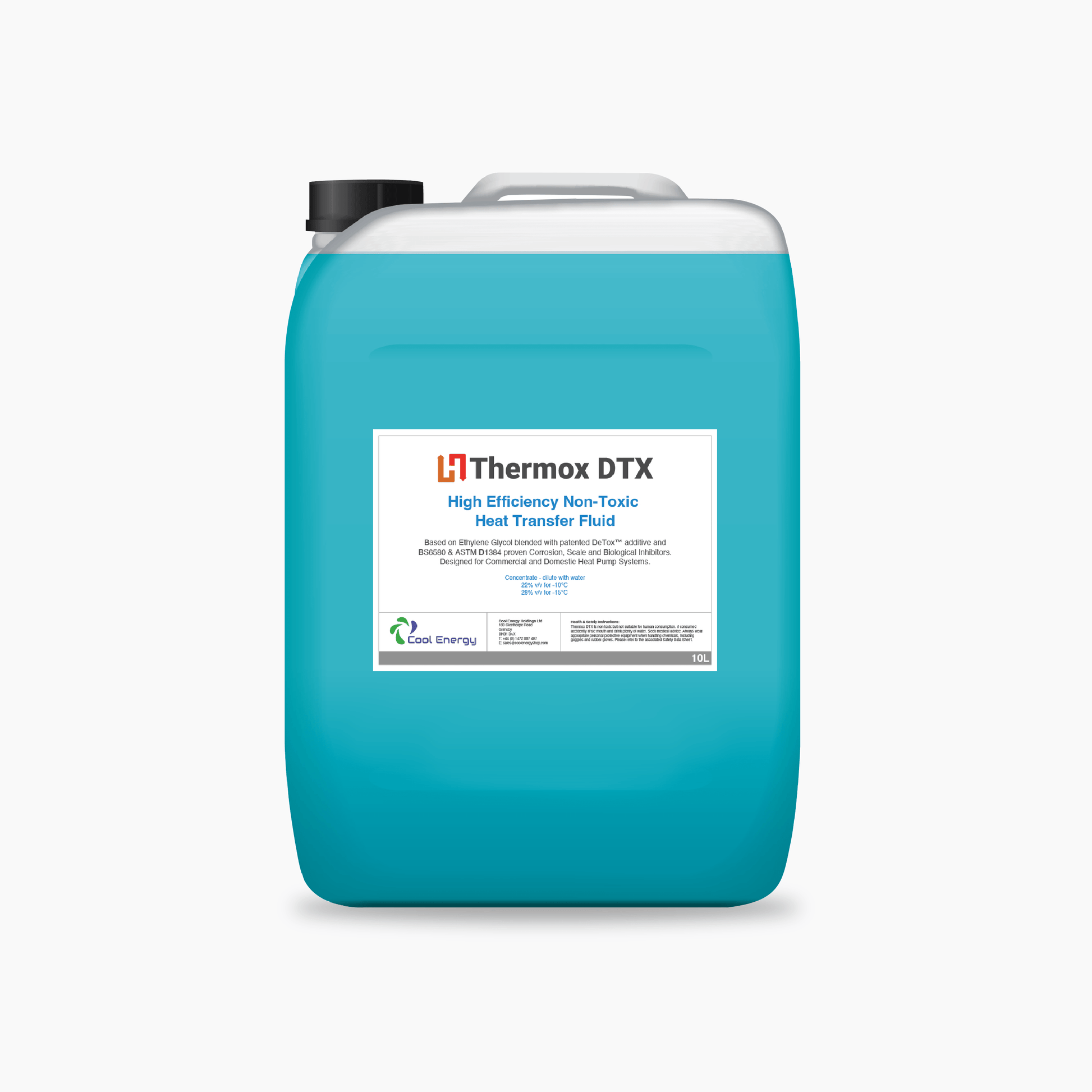Top Considerations for Picking the Right Heat Transfer Fluid for Your Requirements
Top Considerations for Picking the Right Heat Transfer Fluid for Your Requirements
Blog Article
Why Warmth Transfer Fluid Is Essential for Optimizing Energy Transfer in Solution
The role of warmth transfer liquids in maximizing power transfer is essential for accomplishing effective thermal administration across different industrial sectors. These fluids facilitate seamless warm exchange, guaranteeing processes operate within optimal temperature arrays and mitigating the threat of getting too hot.

Function in Thermal Administration
Warm transfer liquids play a vital role in thermal monitoring by effectively managing temperature levels in numerous commercial procedures and systems. These specialized fluids help with the transfer of warm between various elements, making sure optimum operating problems and stopping overheating. By preserving accurate temperature control, warmth transfer liquids allow markets such as chemical manufacturing, oil and gas, and power generation to operate securely and successfully.
The choice of a proper warm transfer fluid depends on several elements, including thermal security, warm capacity, and thickness. High thermal stability makes certain that the liquid can endure severe temperature levels without deteriorating, while a high warmth capability allows it to soak up and release significant amounts of warmth - heat transfer fluid. Reduced viscosity lowers the energy needed for pumping, adding to overall system performance
In addition, warm transfer fluids are integral in applications like refrigeration, where they aid soak up and dissipate warmth throughout the cooling cycle. In solar thermal power systems, these fluids capture and transportation solar warmth to generate power or supply warm water. Their adaptability to varied operating conditions and ability to maintain regular thermal performance highlight their importance in industrial thermal monitoring, helping with functional continuity and improving safety and security steps.

Enhancing System Performance
To optimize the benefits of thermal monitoring, improving system performance with the strategic use heat transfer fluids is paramount. These liquids play a crucial duty in optimizing power transfer by facilitating constant thermal regulation, which consequently affects the general efficiency and durability of systems. Reliable heat transfer causes minimized power losses, reduced operational prices, and improved integrity of equipment. By keeping optimal temperature level levels, warm transfer liquids help make sure that systems run within their created criteria, thus preventing getting too hot and lowering the risk of element failing.

Sorts Of Heat Transfer Fluids
The diversity of heat transfer liquids underscores their essential duty in an array of industrial applications, each customized to fulfill certain thermal administration needs. These fluids assist in effective energy transfer and are selected based on vital homes such as thermal stability, viscosity, and warmth ability. The main types include water, glycol remedies, oils, and synthetics, each offering distinctive advantages.
Water is the most common warmth transfer tool because of its high specific warmth ability and low cost. Nonetheless, its usage is limited by its freezing and steaming points. Glycol blends, frequently used in heating and cooling systems, provide a reduced freezing point, including flexibility in various environments. Mineral oils are favored for their thermal security and non-corrosive nature, making them appropriate for high-temperature applications.

These fluids make sure remarkable performance in systems where conventional fluids might stop working. The choice of a warm transfer liquid is crucial, as it influences system effectiveness, safety and security, Recommended Site and long life.
Environmental and Economic Advantages
Using the appropriate warmth transfer liquids offers significant environmental and financial benefits for industrial procedures. Environmentally pleasant heat transfer liquids, typically biodegradable and safe, reduce the threat of soil and water contamination in the occasion of leaks or spills, consequently safeguarding ecological communities and conforming with rigorous environmental laws.
Financially, the right heat transfer fluid can considerably decrease functional expenses. Liquids with prolonged lifecycle performance reduce the frequency of replacements and upkeep, lowering downtime and linked prices. Overall, the tactical use of ideal heat transfer liquids sustains lasting economic growth and ecological stewardship.
Selecting the Right Fluid
Just how does one navigate the intricate process of choosing the ideal heat transfer liquid for industrial applications? Selecting the ideal fluid is crucial, as Click Here it straight influences system performance, security, and functional expenses. Key factors to consider include thermal security, compatibility with system materials, and running temperature array. Thermal stability guarantees the liquid can hold up against heats without breaking down, while compatibility avoids deterioration or other destructive reactions with system elements. The operating temperature level variety have to align with the system's demands to keep performance and durability - heat transfer fluid.
Additionally, the fluid's warm ability and thickness are vital. A high warm capability enables the fluid to absorb and move even more power, boosting performance.
Verdict
The tactical option and application of warm transfer fluids are basic to enhancing power transfer throughout various systems. By making certain high thermal security and capacity, these liquids offer precise temperature level control and enhance total system effectiveness.
Report this page